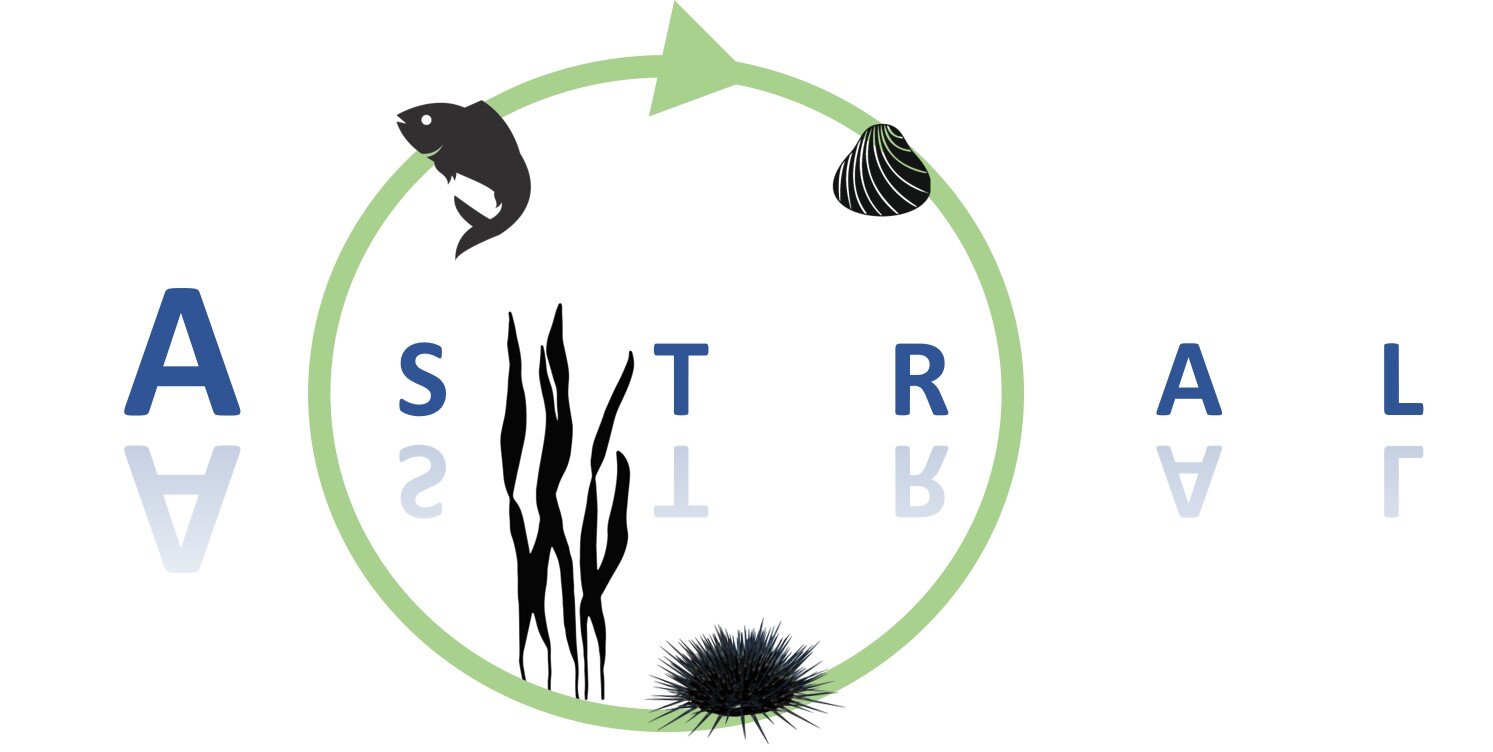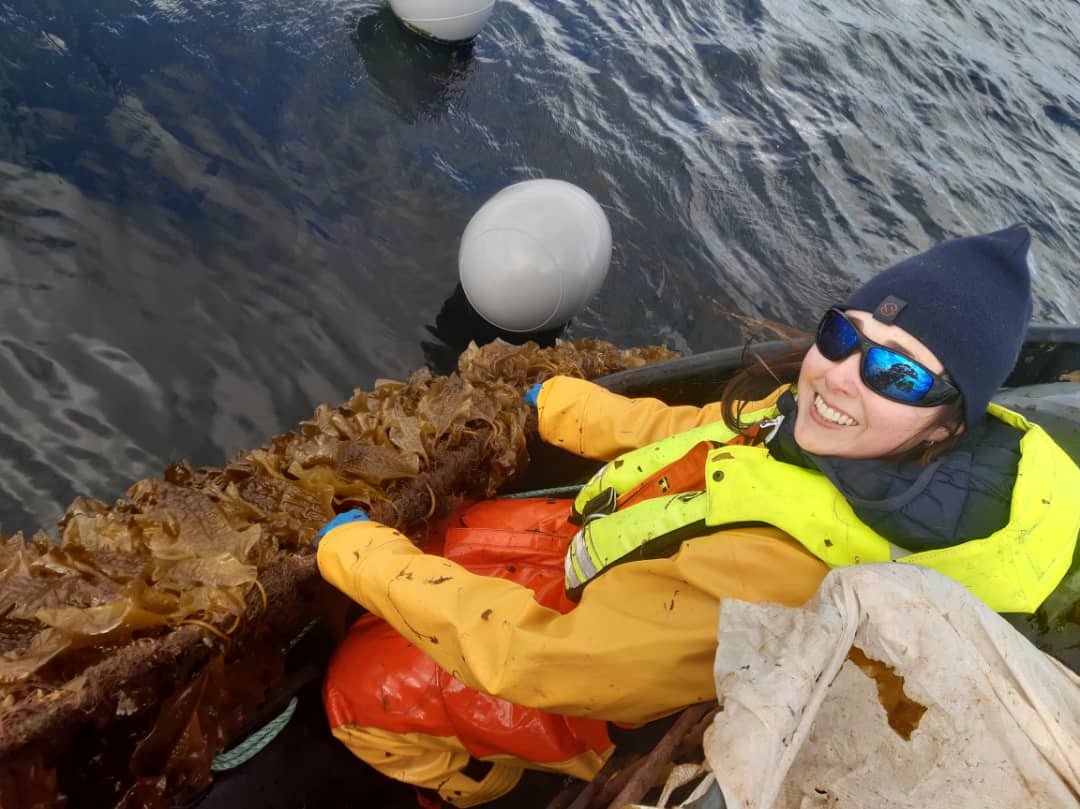IMTA Lab Ireland
Marine Institute
Location of site: Lehanagh Pool, in Bertraghboy Bay, Connemara, Co. Galway, Ireland
Lat/Long: 53.40078, -9.81881.
The Lehanagh Pool Marine Research site is a licensed multi-species marine research site owned and operated by the Marine Institute. The goal of the site is to investigate and progress sustainable aquaculture practices and technologies, aiming to support the Irish aquaculture sector to become more circular and sustainable while safeguarding and protecting the environment. The site is unique, as the first of its kind in the country it has expanded its research focus to include IMTA, testing and validation of sensors, technologies and multi-functional monitoring and management systems.
The infrastructure onsite fully supports IMTA with a capacity to hold a range of species across multiple trophic levels. The main mooring grid contains a capacity of 6 fish pens and 780m of longlines for the culture of shellfish, invertebrates and macroalgae.
Pauline O’Donohoe
Catherine Waters
Catherine.waters@marine.ie
Lehanagh Pool is a relatively sheltered location with no significant fetch or swell. Waves are produced by local wind conditions. Current is moderate (approx. 1.5m/s) with a generally NW-SE direction. The tidal range of approx. 5m. Salinity ranges from 24 to 35 ppt but is typically >32 ppt. Water temperature ranges from 5 to 18 °C.
Species:
Atlantic salmon (Salmo salar)
Lumpfish (Cyclopterus lumpus)
King scallop (Pecten maximus),
Varigated scallop (Mimachlamys varia)
Macro Algae (Saccharina latissimi, Alaria esculenta &Palmaria palmata.)
European lobster (Homarus gammarus)
European flat oyster (Ostrea edulis)
Sea urchin (Paracentrotus lividus)
Black sea cucumber (Holothuria forskali)

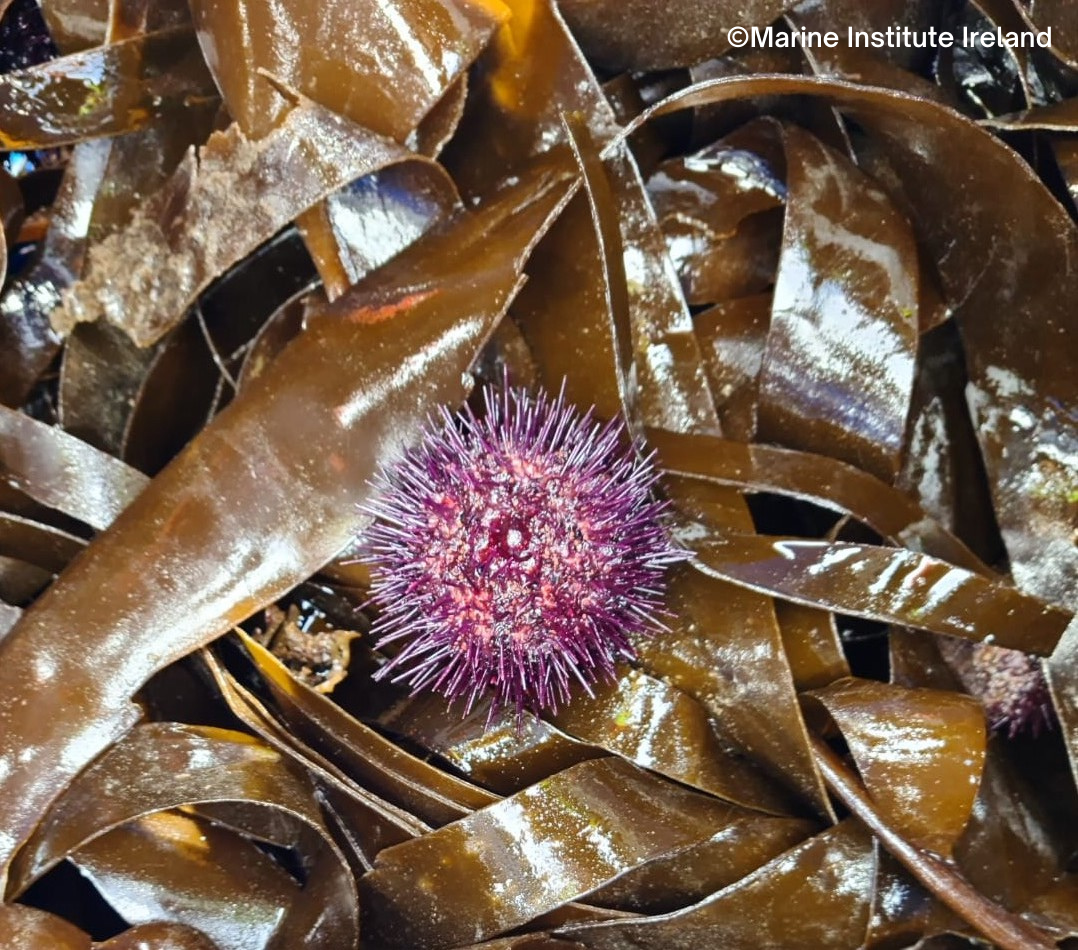

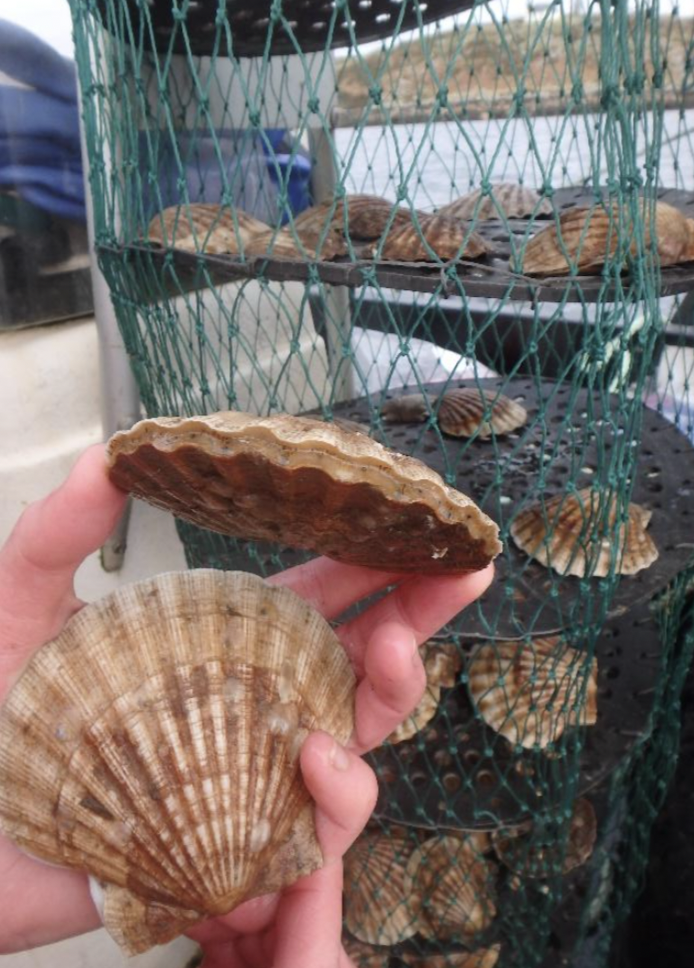

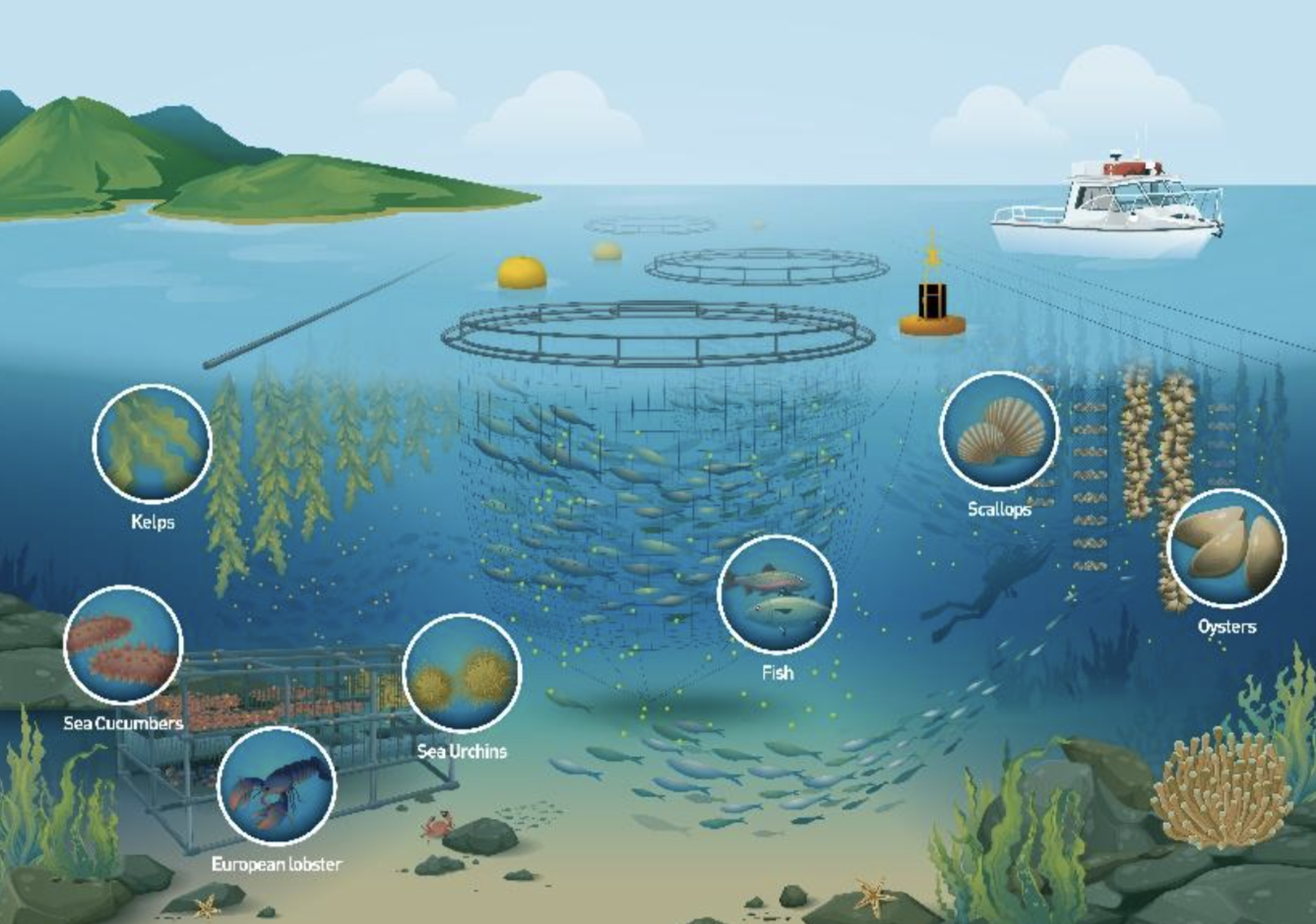

IMTA Lab Ireland has defined the ASTRAL value chain for the open water system as follows:
Fed species
Atlantic salmon, Salmo salar
Lumpfish, Cyclopterus lumpus.
These species release waste / nutrients into the surrounding water.
Extractive species
Native oyster, Ostrea edulis
They are filter feeders and are intended to partially remove particulate waste as food, recycling waste streams from cultivated fish.
Extractive species
Seaweeds – kelp, Saccharina latissima
Alaria esculenta
These species absorb dissolved minerals and carbon - recycling waste streams from the fish and shellfish entering the environment.
Novel species
Spiny sea urchin, Paracentrotus lividus
They are fed with seaweeds grown in the IMTA process enhancing circularity.
Description of the IMTA process and how species interact with each other:
The Irish IMTA Lab, Lehanagh Pool is an open water system producing a number of species at differing trophic levels. This method creates synergistic interactions between the production species to bio-remediate the generated waste products. Seaweed and filter feeders e.g. bivalves and invertebrates assimilate and extract dissolved nutrients and suspended particulate organic matter generated by the higher trophic species e.g. fish. Atlantic salmon and lumpfish will have a daily input of feed, thus generating waste in the form of uneaten food and faecal matter. This nutrient-rich waste will enhance the growth of the lower trophic species i.e. bivalves, invertebrates and seaweeds etc. allowing for nutrient recycling. New species such as lobster and sea urchins will be trialled at this site to assess growth performance.
Main research questions:
The primary aim of the IMTA Lab Ireland is to investigate the feasibility of IMTA in an open-water marine system, the research will focus on the following:
What production methods create optimal growth conditions for all species?
Does the combination of species allow for the optimal growth of each species?
What is the difference in growth rate between fed and non-fed species?
What criteria are required for best practice in terms of welfare, biosecurity and health management?
What challenges does L’Pool, as a production site, face e.g. HABs, pathogens, climate change, and microplastics?
Is it cost-effective to grow these species in IMTA?
What sensors, bio-sensors and IoT are appropriate for Lehanagh Pool?
What is the best way to calculate circularity for Lehanagh Pool - feed and nutrient recycling?
Establish a Life Cycle Assessment (LCA) for Lehanagh Pool?
How does IMTA comply with international and organic aquaculture standards?
What Microplastics are to be found at Lehanagh Pool?
Watch this short video to learn more:
